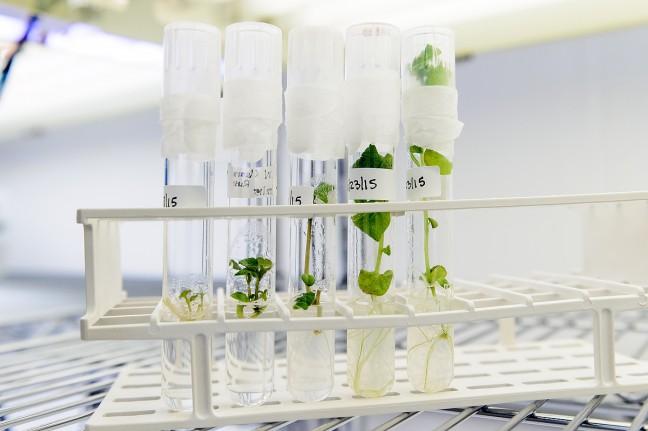As sea levels and concerns about climate change continue to rise, Josh Lawler, a University of Washington environmental and forest sciences professor, presented innovative ways community members can help make a difference in reducing climate change.
Lawler, the keynote speaker for the University of Wisconsin Climate Change Symposium Thursday, said people can help combat climate change by understanding climate and animal migration patterns. He explained the need to look at climatic positions of a species and to focus on a climate suitable for animals today.
‘There is no planet B’: Marchers rally to end climate change
Lawler used maps to show how animals move around various areas with colors on the maps comparing climates to those suitable today, but may not be in the future.
He also used maps to allude to the idea that even within different animal species, many are moving up in elevation as they travel. He associated these species as being sensitive to climate change, explaining how one animal may take a longer and higher route instead of passing through a low, high-temperature valley.
“We pick an area where we want the species to go to,” Lawler said. “And we call this a ground … And so if we do that, if we add an electoral charge … we can see how there might be flow, and you can see how there’s more flow as we get closer … it becomes suitable.”
The “electoral charge,” was in reference to the arrows on Lawler’s maps that determined the direction of the animal’s movements. The bigger the arrows, the more movement is happening.
The animal’s movement is affected by the density of people and buildings, a Human Influence Index and not only climate change, Lawler said.
Lawler said his second approach was to look at “climate refugees.” He said it is important to protect these places since it provides animals a place to call home.
“If you protect the diversity of these [spaces], you’ll protect the diversity of these species,” Lawler said.
Here’s how one UW alumna plans to save Africa’s biodiversity from climate change
Only 12 percent of North America has refugia areas, or areas of environmental circumstances which allow animal survival, Lawler said. He said only 10 percent of the total area is protected.
Lawler concluded his presentation by discussing “nature’s stage.”
UW assistant geology professor co-authors climate change paper in science journal
Lawler said he wants to protect non-living elements of climate change and geophysical settings. He believes when up-keeping latitude of elevation, head load index, landform and soil order, people protect the future of the environment and all that lives within.
“We can use different approaches for how species move in response to climate change,” Lawler said.
Lawler said he believes even though there are uncertainties within the climate change of biotic projections, data and assessments of habitat suitability, there can be a bright future for animal and environmental protection.





















